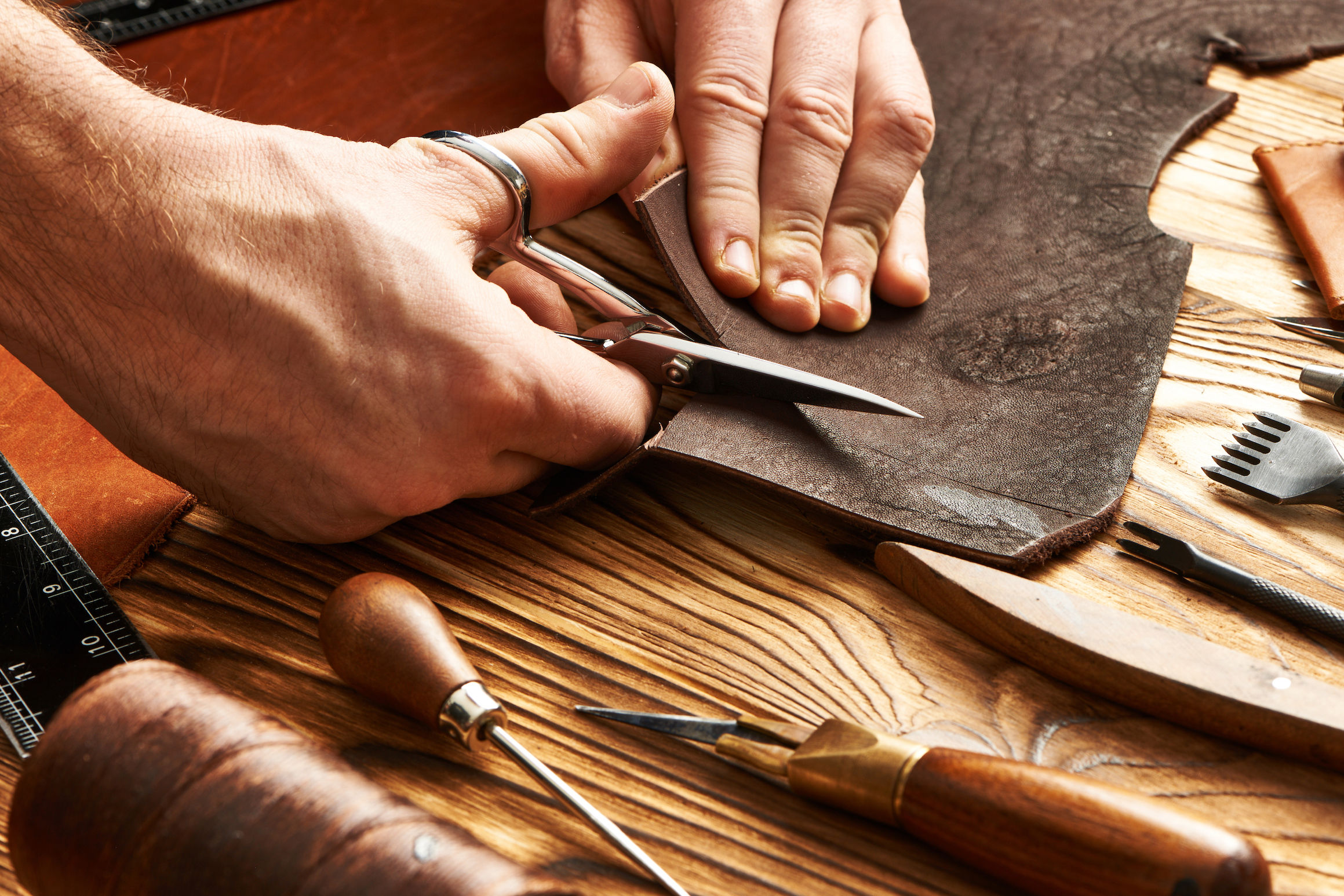Leather has been used for generations in clothes, accessories, and furniture because it is solid and adaptable. However, leather production substantially negatively impacts the environment, causing deforestation, water pollution, and greenhouse gas emissions. Leather recycling and reuse have become viable choices as customers become more aware of their environmental impact.

Recycling leather entails taking used leather goods, disassembling them, and using the leftover resources to make new goods. Reusing leather entails giving outdated leather goods a new purpose and lease on life. These approaches help reduce waste and conserve resources, making them good choices for environmentally aware consumers.
One of the most significant benefits of leather recycling and reuse is that it reduces the need for new leather production. Using existing materials requires less energy, water, and other resources, which helps conserve natural resources and reduce greenhouse gas emissions. Additionally, recycling and reusing leather help to keep waste out of landfills, which can take hundreds of years to decompose.
There are many ways to recycle and reuse leather. For example, old leather jackets can be transformed into bags, wallets, and other accessories. Leather furniture can be reupholstered or repurposed into new pieces. Leather scraps can be used for smaller items such as keychains, coasters, and jewelry.

When shopping for leather products, it is essential to look for those made from recycled or repurposed leather. This helps to support sustainable practices and reduces demand for new leather production. Additionally, choosing high-quality leather products that are built to last can help reduce the need for frequent replacements and waste.
In conclusion, leather recycling and reuse are excellent options for consumers who want to reduce their environmental impact while still enjoying the benefits of leather products. By choosing recycled or repurposed leather products and supporting sustainable practices, we can all contribute to a more sustainable future.
Don't stop now! Take your appreciation for quality leather to the next level with our complete leather collection. Explore now and upgrade your style today!

